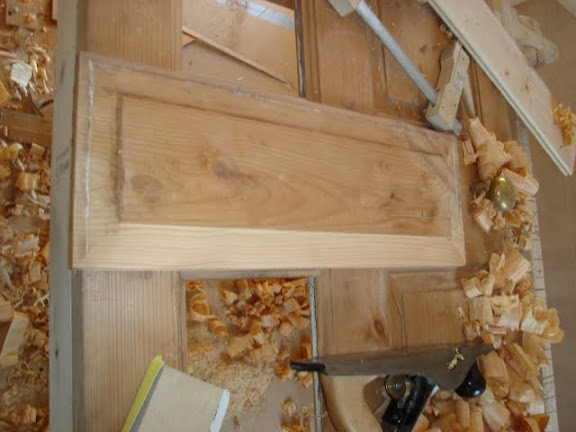Ok, here it is. Not that i did and do not enjoy the endless debate over imperial vs metric. Here is the problem and i m asking how all of you deal with what i consider the course mm. 25.4 of an inch. which makes the mm1/25th ish of an inch.
here are the questions.
do you think it is fine enough ?if not how do you increase the resolution? . in the standard you do 1/16 to 1/32 to 1/64 1/128 ect until you get the measurement unit of the size you want.
do you go to micro meters? how do you get the resolution finer than the mm. I mean this in an in the shop how do you solve this problem for your work kind of way?
Again this is not a comparison thing.
I am an ME and do lots of metal working so i have all the precision metal working stuff in metric and standard. I know it can be done. i am just wondering how you do it in tape measure land without bringing a metrix lab with you.
I ask this because all of my festool stuff is metric and i get grumpy with the whole mm stops on the saw every once in a while and when my metric tape measure lets me down.
Ok i am now going to duck and cover! [big grin]
here are the questions.
do you think it is fine enough ?if not how do you increase the resolution? . in the standard you do 1/16 to 1/32 to 1/64 1/128 ect until you get the measurement unit of the size you want.
do you go to micro meters? how do you get the resolution finer than the mm. I mean this in an in the shop how do you solve this problem for your work kind of way?
Again this is not a comparison thing.
I am an ME and do lots of metal working so i have all the precision metal working stuff in metric and standard. I know it can be done. i am just wondering how you do it in tape measure land without bringing a metrix lab with you.
I ask this because all of my festool stuff is metric and i get grumpy with the whole mm stops on the saw every once in a while and when my metric tape measure lets me down.
Ok i am now going to duck and cover! [big grin]


